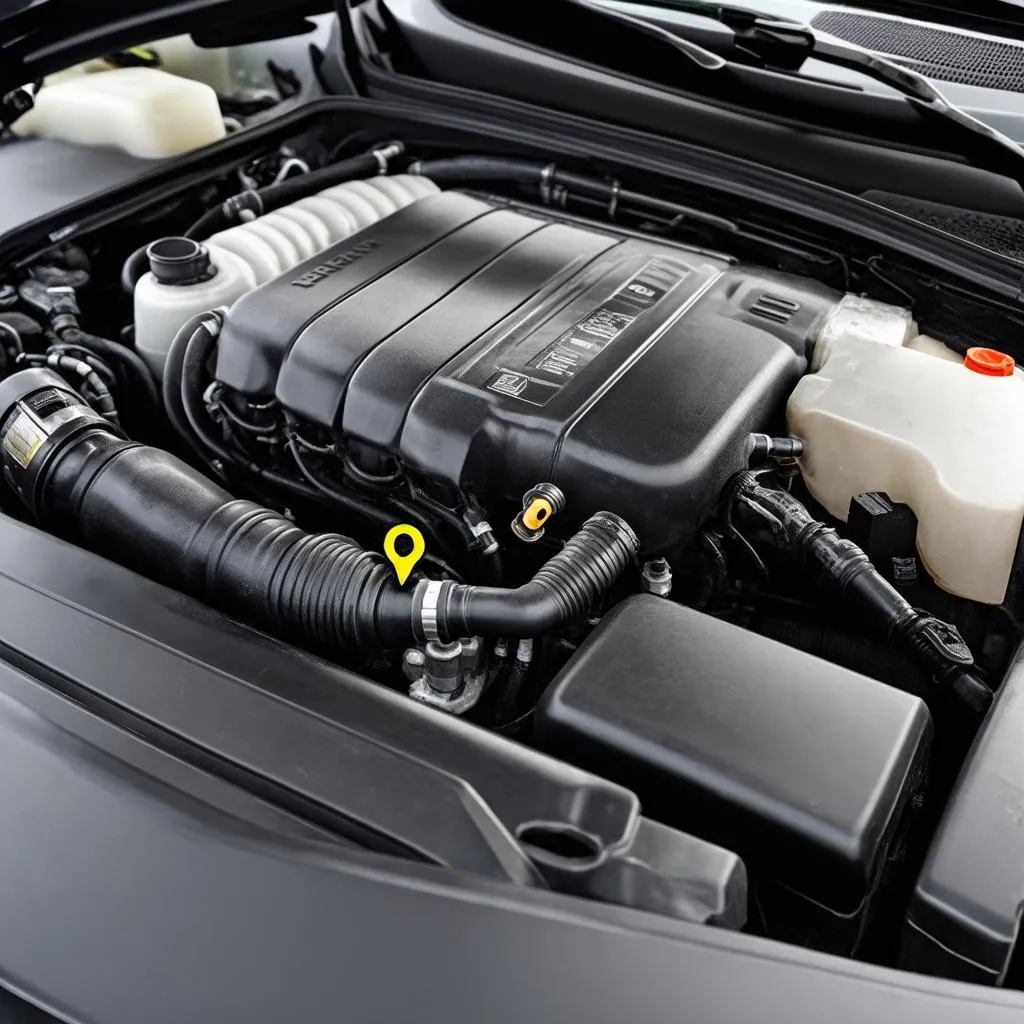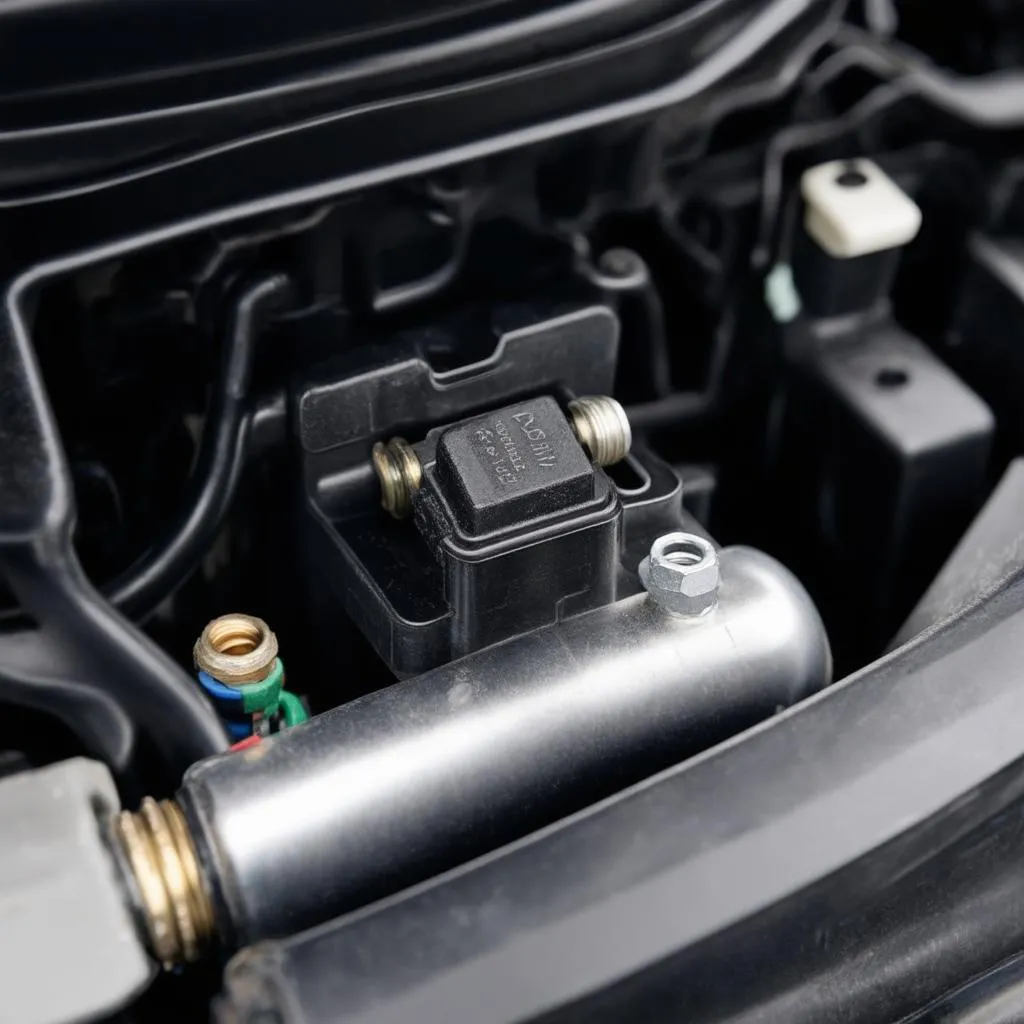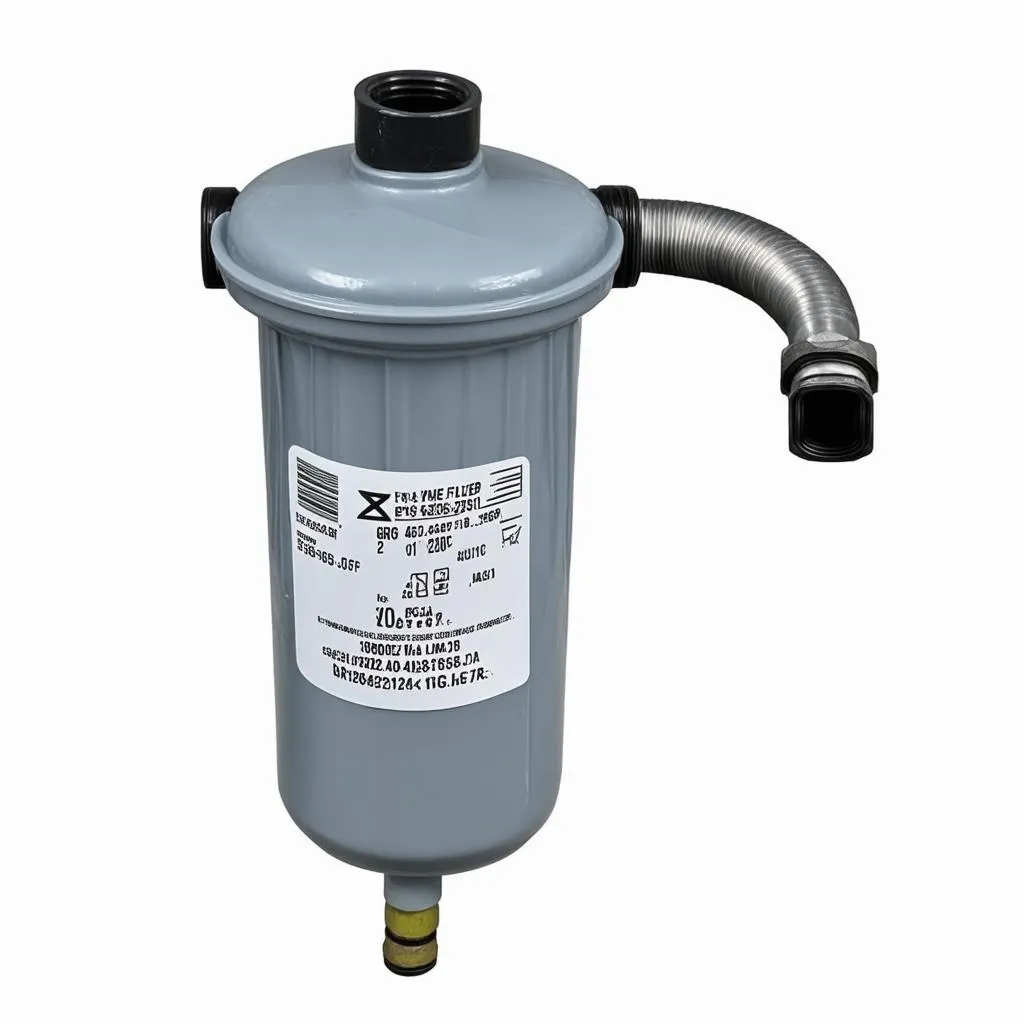You’re cruising down the highway, enjoying the open road, when suddenly, the check engine light comes on. You pull over to check the code, and it reads “P0191.” What does this mean, and how do you fix it? Don’t worry, we’ve got you covered!
In this article, we’ll take a deep dive into the P0191 code and everything you need to know about it. From understanding the code’s meaning to diagnosing the problem and finding solutions, we’ll cover it all. We’ll also look at the code’s implications for your car’s performance and safety.
Understanding the Meaning of P0191
The P0191 code is a Diagnostic Trouble Code (DTC) that indicates a problem with the fuel rail pressure sensor circuit. It’s like a tiny detective that keeps an eye on your car’s fuel system, making sure everything’s running smoothly. This sensor is responsible for measuring the fuel pressure in the fuel rail, which is the line that delivers fuel to your car’s engine.
Imagine a pipe that’s supposed to deliver water to your house, but there’s a leak in the pipe. The P0191 code is like the alarm that goes off to alert you to that leak, so you can fix it before you run out of water.
Think of it this way, according to Dr. Thomas Klein, an automotive engineer and author of “The Complete Guide to Automotive Diagnosis,” the fuel rail pressure sensor is like the “brain” of the fuel system, constantly monitoring the pressure and sending information to the engine control module (ECM).
P0191 Code Meaning in Layman’s Terms
In simple terms, the P0191 code means that the ECM has detected a problem with the fuel rail pressure sensor, which could be anything from a faulty sensor to a clogged fuel filter.
Causes of P0191 Code
There are several common reasons why the P0191 code might appear, including:
- Faulty Fuel Rail Pressure Sensor: This is the most common culprit behind the P0191 code. The sensor might be malfunctioning, sending inaccurate readings to the ECM.
- Wiring Problems: The wiring connected to the fuel rail pressure sensor can become damaged or corroded, interrupting the flow of information to the ECM.
- Clogged Fuel Filter: A clogged fuel filter can restrict the flow of fuel, causing the fuel pressure to drop.
- Fuel Pump Failure: A faulty fuel pump might not be able to deliver enough pressure, triggering the P0191 code.
- Fuel Rail Pressure Regulator Problems: The fuel rail pressure regulator controls the pressure in the fuel rail. If it malfunctions, it can lead to incorrect pressure readings.
What Happens When You Get P0191?
When your car throws the P0191 code, you might experience some of the following symptoms:
- Check Engine Light: This is the most obvious sign that something’s wrong.
- Engine Stalling: The P0191 code can cause your engine to stall, especially at idle.
- Rough Running: The engine might run roughly or hesitate when accelerating.
- Reduced Fuel Efficiency: Your car might get worse gas mileage.
- Loss of Power: You might notice a loss of power when accelerating.
Diagnosing the P0191 Code
Now that you know the potential causes of the P0191 code, let’s dive into how to diagnose the problem.
1. Check for Wiring Issues: Begin by inspecting the wiring harness and connections to the fuel rail pressure sensor. Look for any signs of damage, corrosion, or loose connections. You can use a multimeter to test the wiring for continuity and resistance.
2. Check the Fuel Rail Pressure Sensor: If the wiring seems fine, the next step is to inspect the fuel rail pressure sensor itself. You can use a multimeter to test the sensor’s output voltage. If the sensor is not providing the correct voltage, it’s likely faulty and needs to be replaced.
3. Check the Fuel Filter: A clogged fuel filter can restrict the flow of fuel, so it’s a good idea to inspect it. Remove the fuel filter and check for any dirt or debris. If the filter is dirty or clogged, replace it with a new one.
4. Check the Fuel Pump: If you suspect the fuel pump might be the issue, you can test its pressure using a fuel pressure gauge. If the fuel pump pressure is below specifications, it needs to be replaced.
5. Check the Fuel Rail Pressure Regulator: If you’ve ruled out the other potential causes, the fuel rail pressure regulator might be the culprit. You can test the regulator’s operation using a vacuum pump or a pressure tester.
Repairing the P0191 Code
Once you’ve diagnosed the problem, the next step is to repair it. The repair process will depend on the specific cause of the code.
-
Replacing the Fuel Rail Pressure Sensor: If the fuel rail pressure sensor is faulty, you’ll need to replace it. This is a relatively simple repair that can be done by a mechanic or an experienced DIYer.
-
Repairing Wiring Issues: If the wiring is damaged or corroded, you’ll need to repair or replace it. This might involve splicing in new wire, repairing damaged insulation, or replacing the entire wiring harness.
-
Replacing the Fuel Filter: Replacing a clogged fuel filter is a quick and easy repair. Simply remove the old filter and install a new one.
-
Replacing the Fuel Pump: Replacing the fuel pump is a more involved repair that usually requires access to the fuel tank. You might need a mechanic to handle this task.
-
Replacing the Fuel Rail Pressure Regulator: Replacing the fuel rail pressure regulator is also a repair that’s best left to a mechanic.
The Importance of Fixing P0191
Ignoring the P0191 code can have serious consequences for your car’s performance and safety.
-
Engine Damage: A faulty fuel rail pressure sensor or fuel pump can lead to fuel starvation, which can damage your engine.
-
Safety Concerns: A car that’s experiencing fuel problems might stall or lose power, making it more dangerous to drive.
P0191 Code and Your Car’s Energy
According to Feng Shui principles, a car’s fuel system is closely connected to its overall energy flow. A faulty fuel system can disrupt the balance of energy in your car, leading to a lack of harmony and efficiency. Fixing the P0191 code can help to restore the flow of energy and ensure your car runs smoothly.
P0191 Code and The Spirit of Your Car
Some believe that every car has its own spirit, and a faulty fuel system can weaken that spirit. Fixing the P0191 code can help to revitalize your car’s spirit and restore its original vitality.
Frequently Asked Questions
Q: Can I drive my car with the P0191 code?
A: It’s not advisable to drive your car with the P0191 code for an extended period. The code indicates a potential problem with your fuel system, which can affect your car’s performance and safety.
Q: How much does it cost to fix the P0191 code?
A: The cost of repairing the P0191 code will vary depending on the specific problem and the cost of labor in your area. However, you can expect to pay anywhere from a few hundred to several thousand dollars to fix the issue.
Q: What are some common mistakes to avoid when diagnosing the P0191 code?
A: One common mistake is replacing the fuel rail pressure sensor without properly diagnosing the problem. It’s crucial to thoroughly inspect all potential causes before replacing any parts.
Q: How can I prevent the P0191 code from occurring in the future?
A: You can help prevent the P0191 code by maintaining your car’s fuel system. This includes regularly changing your fuel filter, using high-quality fuel, and having your fuel pump inspected regularly.
Additional Resources
- TechCarUSA.com: Explore more articles about car maintenance and repair on our website.
- RepairPal.com: Get detailed information about the P0191 code and other diagnostic codes on this website.
Contact Us
If you’re experiencing the P0191 code, don’t hesitate to contact us! We offer comprehensive automotive repair services and expert advice.
Whatsapp: +84767531508
We’re here to help you keep your car running smoothly and safely.
 P0191 Code Illustration
P0191 Code Illustration
 Fuel Rail Pressure Sensor
Fuel Rail Pressure Sensor
 Fuel Filter
Fuel Filter